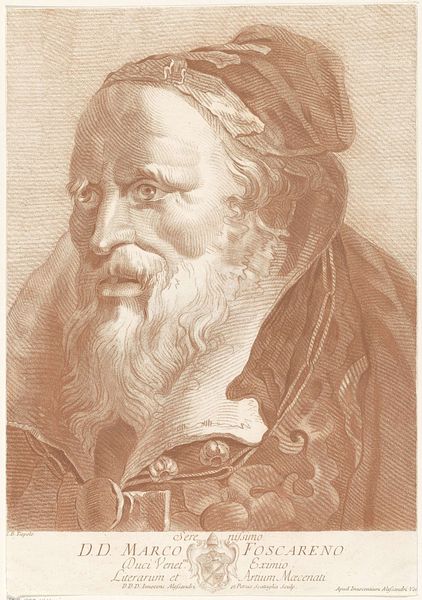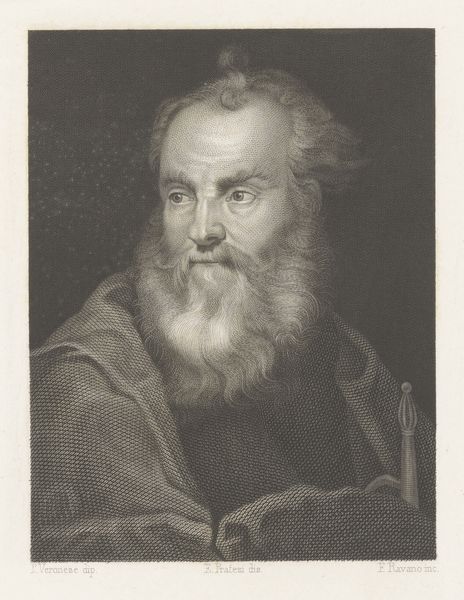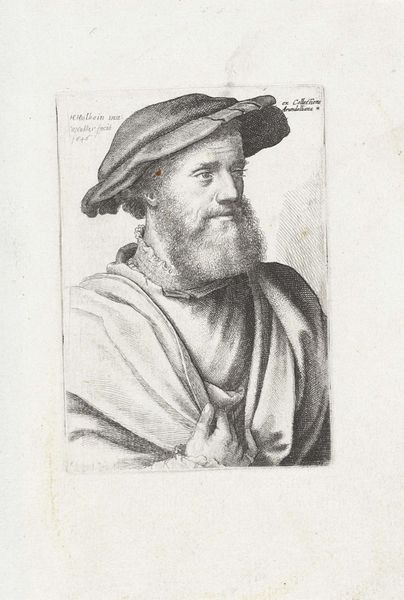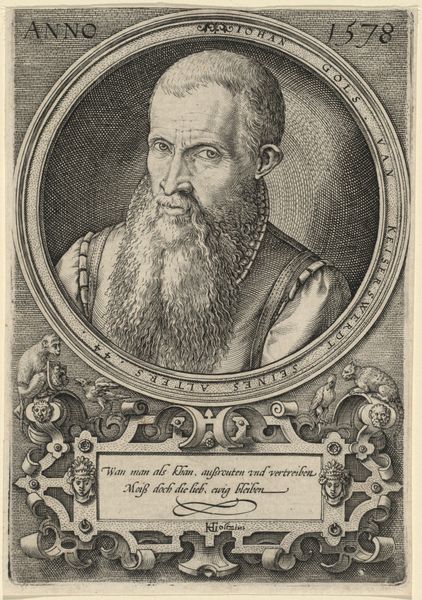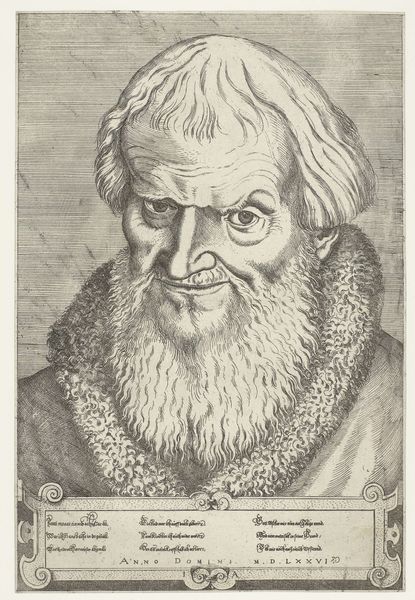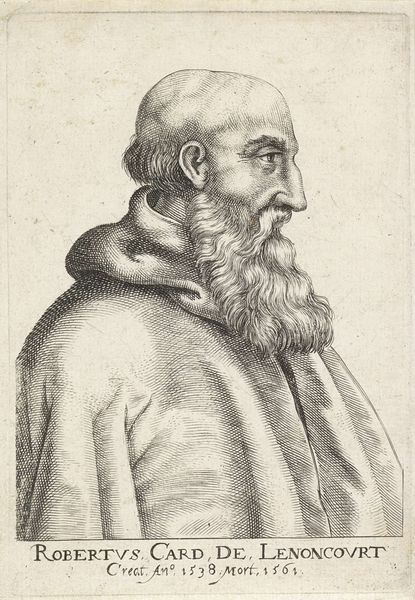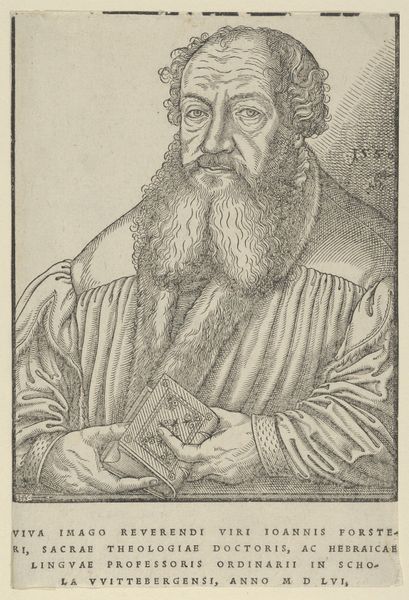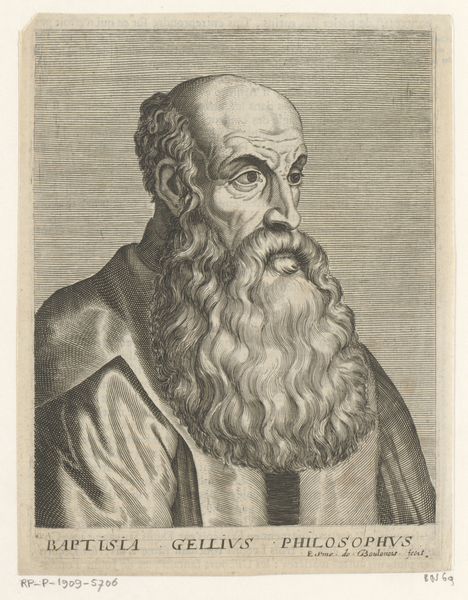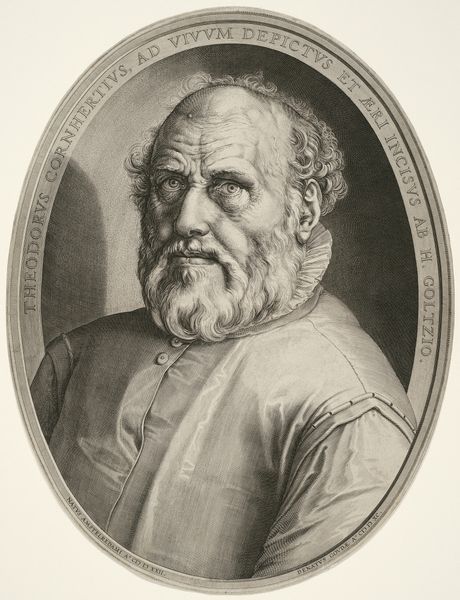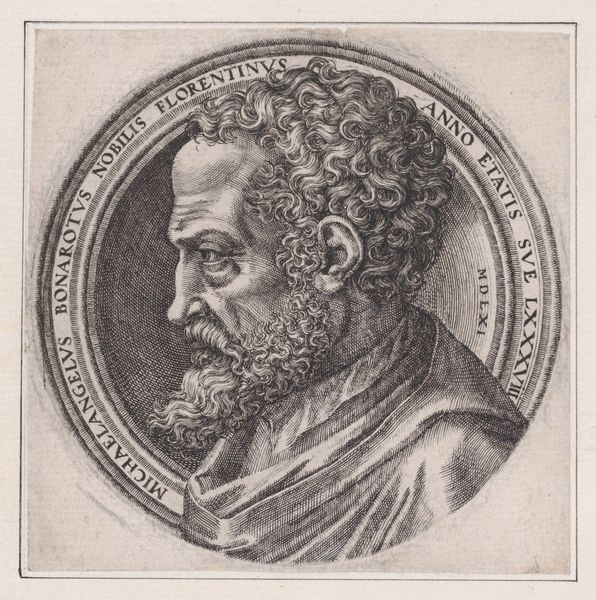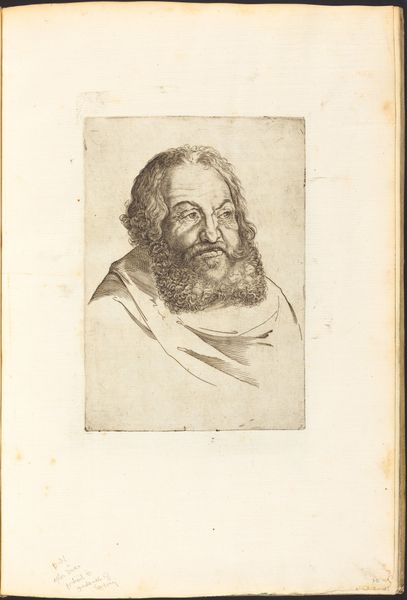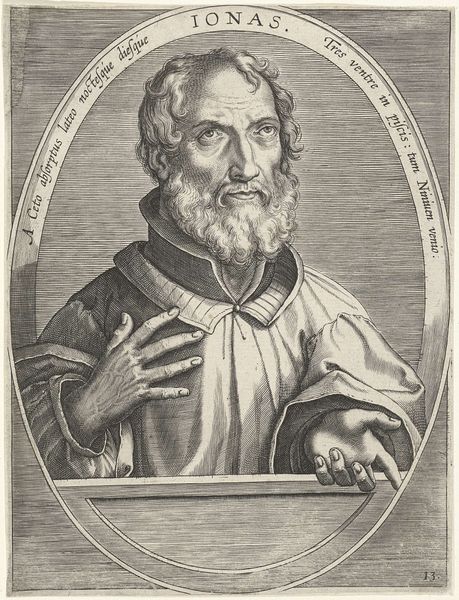
drawing, charcoal
#
pencil drawn
#
drawing
#
self-portrait
#
charcoal drawing
#
pencil drawing
#
classicism
#
portrait drawing
#
charcoal
#
academic-art
#
charcoal
#
italian-renaissance
Copyright: Public domain
Curator: An imposing figure rendered in charcoal! There’s a strength and weightiness that comes through even in this relatively small drawing. Editor: This drawing, "Head and Shoulders of a Bearded Man," was created in 1549 by Francesco de' Rossi, also known as Francesco Salviati or Cecchino. Consider how Salviati and his peers negotiated the High Renaissance interest in idealized form alongside a growing desire for naturalism and psychological depth. Curator: I see it. There's certainly an idealized, almost godlike quality to the flowing beard and the carefully draped fabric, but the gaze is intense, weary almost. It lends a sense of real humanity. The academic-art style is really evident here. Editor: Absolutely, the very act of rendering a "head and shoulders" indicates an engagement with a very particular artistic culture. The drawing mimics, perhaps deliberately, classical busts of philosophers and emperors, endowing the sitter with intellectual authority. Think about the revival of classicism during the Italian Renaissance! Curator: Yes! It is more than just a portrait; it evokes authority. Notice the skillful use of chiaroscuro to create volume and depth. It really feels like the figure could step right out of the page. And that beard! Each strand rendered with such care...it conveys a sense of wisdom, age, perhaps even some world-weariness. Editor: And that specific "weariness" speaks volumes about the shifting place of the artist within 16th-century Italian society. The art world experienced monumental shifts in terms of patronage, style, and religious pressures during Salviati's career. How might those tensions shape the tone of this figure? Curator: An interesting question indeed, because those pressures manifest in the subtlety of the medium. It seems Salviati knew very well what was socially acceptable at the time. Editor: I agree. Ultimately, the dialogue between form and content here really deepens our appreciation of not only the technical virtuosity, but the cultural contexts that shaped the image, and even the man portrayed.
Comments
No comments
Be the first to comment and join the conversation on the ultimate creative platform.
